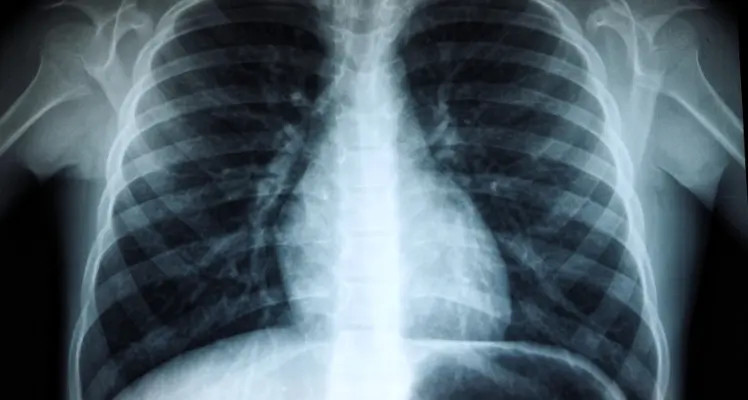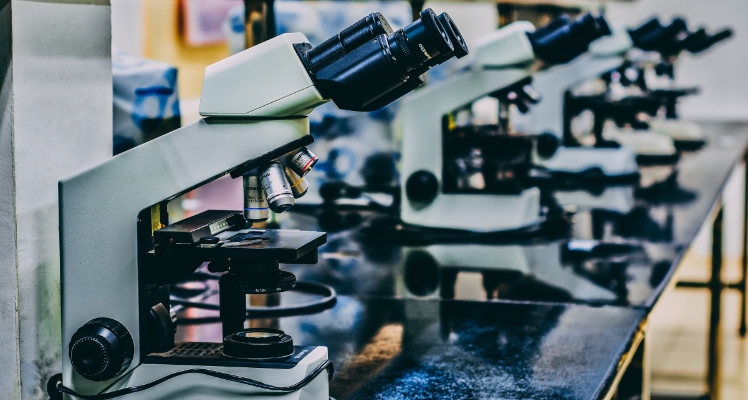Fast, accurate, and objective AI-driven human identification
Skeleton-ID forensic identification software is used by law enforcement and government agencies worldwide, whenever DNA and fingerprints are not feasible.
Multiple forensic identification methods in one tool
Skeleton-ID is the only software that supports skeleton-based identification through physical anthropology techniques like craniofacial superimposition, facial comparison, biological profiling, and comparative radiography.
Time and cost savings through Artificial Intelligence
AI leads to a reduction in time as identification methods that previously needed hours or days can now be performed in seconds. This frees identification experts from error-prone and time-intensive tasks.
Increased objectivity and automation
Artificial Intelligence can work more precisely and objectively as it also provides complete traceability of the results. Standardized reports increase the success rate of the daily casework and legal procedures.
The only tool designed for human identification experts
Discover how AI can help identification experts automate the most repetitive and error-prone tasks of your daily work
Scientific recognition
+ 15 YEARS
OF EXPERIENCE
5
PATENTS
+ 10 DOCTORAL
THESES
+ 100
PUBLICATIONS
Don’t miss our next event
-

Medicolegal applications for Forensic Imaging – the present and the future | Online Event
Imaging techniques like radiography, CT scanning, and MRI are among the most powerful tools in forensic science. Tzipi Kahana and Oscar Ibáñez talk about the present and the future of comparative radiography.
You may also be interested in:
-

Medicolegal applications for Forensic Imaging – the present and the future | Online Event
Imaging techniques like radiography, CT scanning, and MRI are among the most powerful tools in forensic science. Tzipi Kahana and Oscar Ibáñez talk about the present and the future of comparative radiography.
-

Likelihood Ratio and its use to evaluate evidence in Forensic Science – Online Event
This event provides an introduction to likelihood ratio and its uses in forensic science. We will also explain how LR can be used in the context of Craniofacial Superimposition. The event takes place on Thursday, February 17th and is being presented by Dr. Andrea Valsecchi and Dr. Oscar Ibáñez.

Panacea is a spin-off of the University of Granada.
Our ongoing cooperation guarantees access to the latest research and leading experts in the field. Several of the founding partners of Panacea come from the same university.
